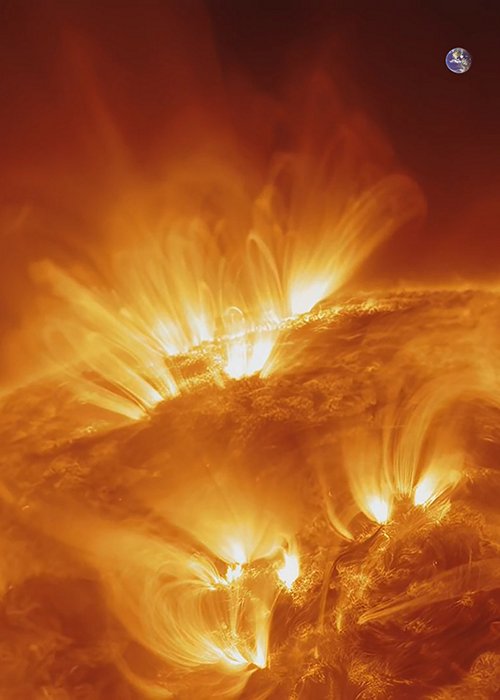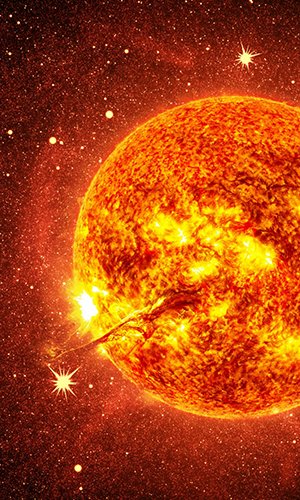The Sun has officially reached its solar maximum, the most intense phase of its 11-year solar cycle, marked by an increase in solar activity such as sunspots and solar flares. This phase is crucial because it affects "space weather," which can disrupt satellite communications, GPS systems, and power grids on Earth. During the solar maximum, the Sun emits more charged particles, increasing the likelihood of geomagnetic storms. These storms create spectacular auroras but can also damage technological infrastructure. To cope with this increased activity, scientists are studying the Sun more closely than ever. Missions like NASA’s Parker Solar Probe and ESA’s (European Space Agency) Solar Orbiter are providing unprecedented observations of the Sun’s outer layers and magnetic field. This data is vital for understanding how solar storms form and improving the accuracy of space weather forecasts. The current solar maximum, expected to peak around 2025, presents both challenges and opportunities for scientists, who hope to discover new insights about the Sun and its effects on our environment. Solar observations also contribute to our understanding of long-term climate patterns on Earth, as the Sun drives our climate: it moves winds, evaporates ocean water, and warms the atmosphere.




